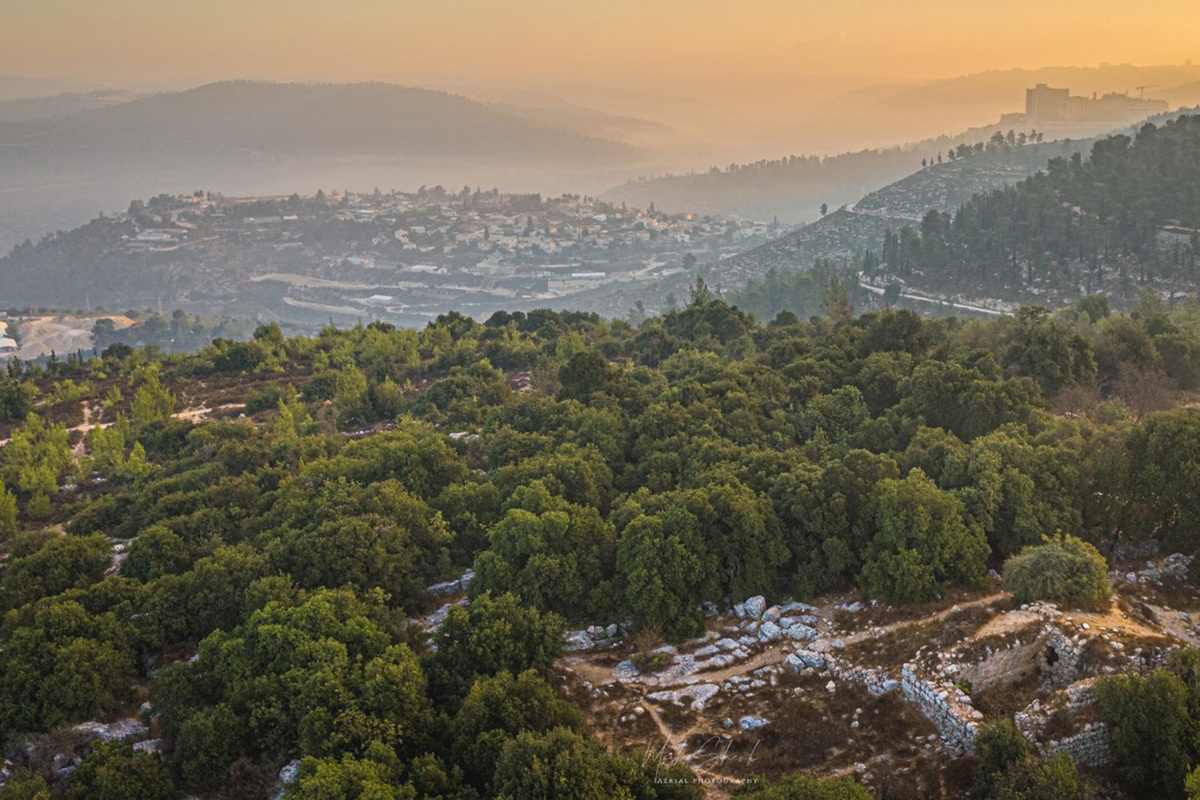For peace between Israel and Palestine, they called for the return of the 1967 borders: why it is not easy
[ad_1]

The political map of the Middle East has changed several times over the past decades
As a new war escalates in the Middle East, a number of world and regional leaders say that a settlement between Israelis and Palestinians is impossible without restoring the 1967 borders. Let’s try to figure it out what we’re talking about.
“We believe that without the creation of an independent sovereign Palestinian state with its capital in Jerusalem within the 1967 borders, there will be no peace in the region,” said, for example, Turkish President Tayyip Recep Erdogan in his address to the nation. “It is obvious that the problem in the region cannot be solved by constantly oppressing the Palestinian people and confiscating their homes and lands. This approach will lead to disappointment in the search for peace.”
It was in 1967 that the Six-Day Arab-Israeli War took place, which changed the political map of the region for many decades.
During this conflict, Israeli troops occupied the Palestinian territories of the Gaza Strip, the West Bank, East Jerusalem, as well as the Syrian Golan Heights and the Egyptian Sinai Peninsula.
Following the Camp David Peace Accords between Israel and Egypt, most of the Sinai Peninsula was returned to the Egyptians in 1982. And in 1989, the small resort town of Taba, located near the Egyptian-Israeli border, at the northern tip of the Gulf of Aqaba, was also returned to Egypt.
Other territories conquered in 1967 are in one way or another under Israeli control.
Israel unilaterally declared its sovereignty over the Syrian Golan Heights in 1981. The UN Security Council did not recognize this decision.
East Jerusalem was effectively annexed by Israel in 1980, when a law was passed establishing Jerusalem as the “single and indivisible capital” of the Jewish state. But in a unanimous General Assembly resolution, the UN declared measures attempting to change the city’s status null and void.
The situation with the Gaza Strip also looks difficult – on the one hand, back in 1993, Israel granted autonomy to the enclave, and in 2005 it completely separated from the strip. And formally (and in fact – so far there is no Israeli administration or troops on the territory of Gaza) he put an end to the occupation. But since the Israelis imposed a blockade of the strip in 2007, controlling its airspace and coastline, Israel was still considered the occupying power of the Gaza Strip by the UN.
The status of the West Bank, which the Israelis call “Judea and Samaria,” looks even more complicated. This area of the West Bank is divided into three zones: Zone A, a smaller area, is under the full control of the Palestinian National Authority (PNA), Zone B (slightly larger than A) is under civilian control of the PNA, but under Israeli military (security) control, and zone C (59% of the territory) is under full Israeli control.
However, let’s return to the borders that existed before the Six-Day War of 1967 – even if we imagine that in some magical way the interstate borders that existed at that time will return to the modern map of the world, the restoration of independent Palestine will not happen.
The fact is that by 1967, the Palestinian territories (the Gaza Strip and the West Bank, as well as East Jerusalem) were actually occupied by neighboring Arab countries. Following the results of the first Arab-Israeli war of 1947-1949. The West Bank of the Jordan River was occupied by troops from neighboring Transjordan. And in 1950, the Hashemite Kingdom annexed these lands – renaming on this occasion from Transjordan (which can be translated as “Transjordan”) to simply Jordan, since the lands on both banks of the Jordan River came under its control.
East Jerusalem also became Jordanian. Moreover, in 1953, King Hussein declared East Jerusalem as an alternative capital and an indivisible part of Jordan. But the vast majority of countries did not recognize these territorial changes.
In 1967, Jordan lost these lands as a result of the war with Israel. And in 1988, it abandoned its claims to the West Bank in favor of a future Palestinian state. Amman confirmed its renunciation of the West Bank in 1994 when signing a peace treaty with Israel.
The Gaza Strip was also not part of an independent Palestinian state before the Six-Day War. From 1948 to 1967 it was under Egyptian control. True, for several years the so-called “All-Palestine Government” formally existed in the sector, but it acted under the auspices of Cairo – as a counterbalance to the ambitions of Jordan, whose monarch Abdullah was proclaimed “King of Arab Palestine.” Be that as it may, this government did not have real power. And after the unification of Egypt and Syria within the United Arab Republic, the “All-Palestine Government” was dissolved.
[ad_2]
Source link








